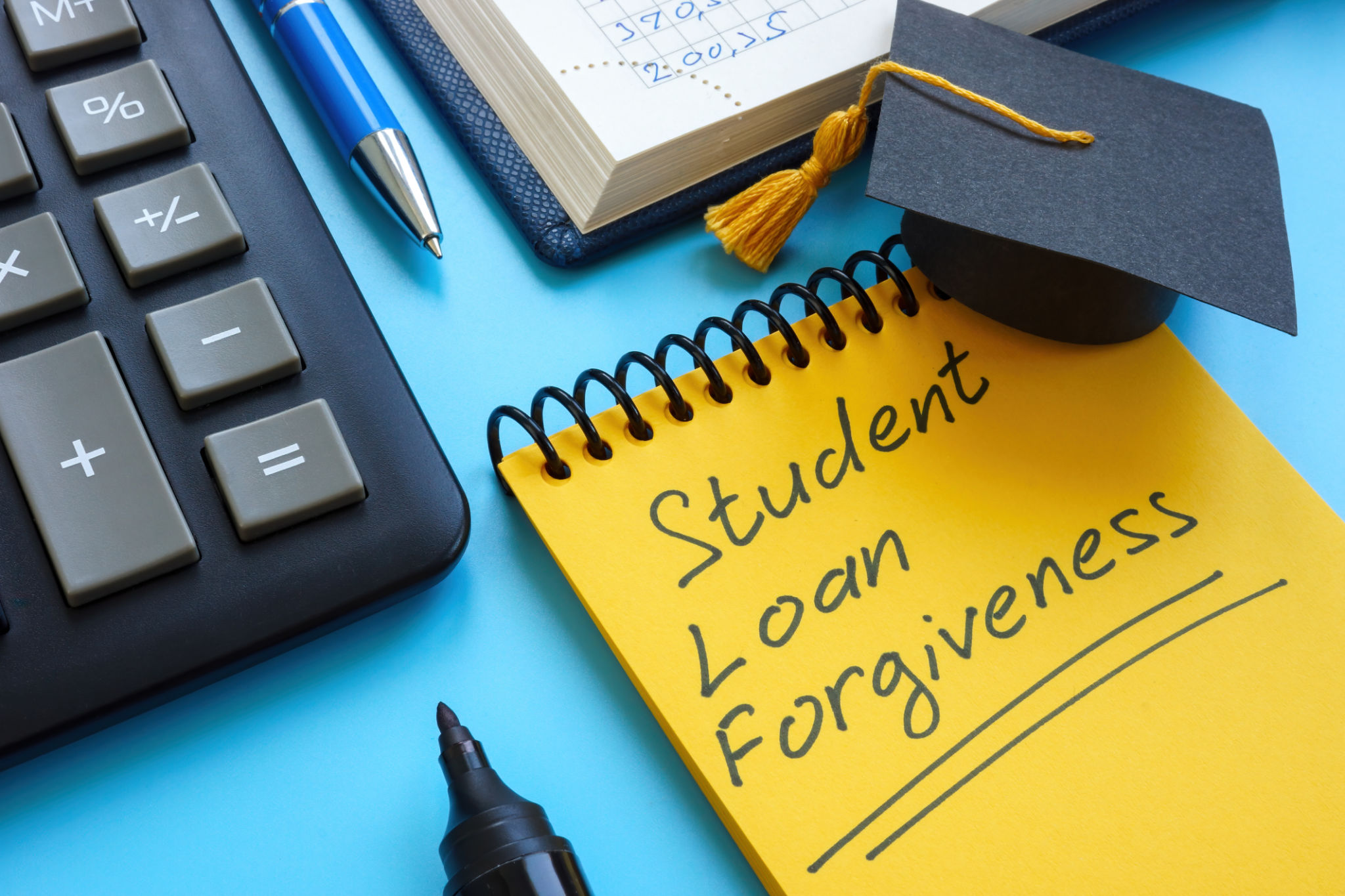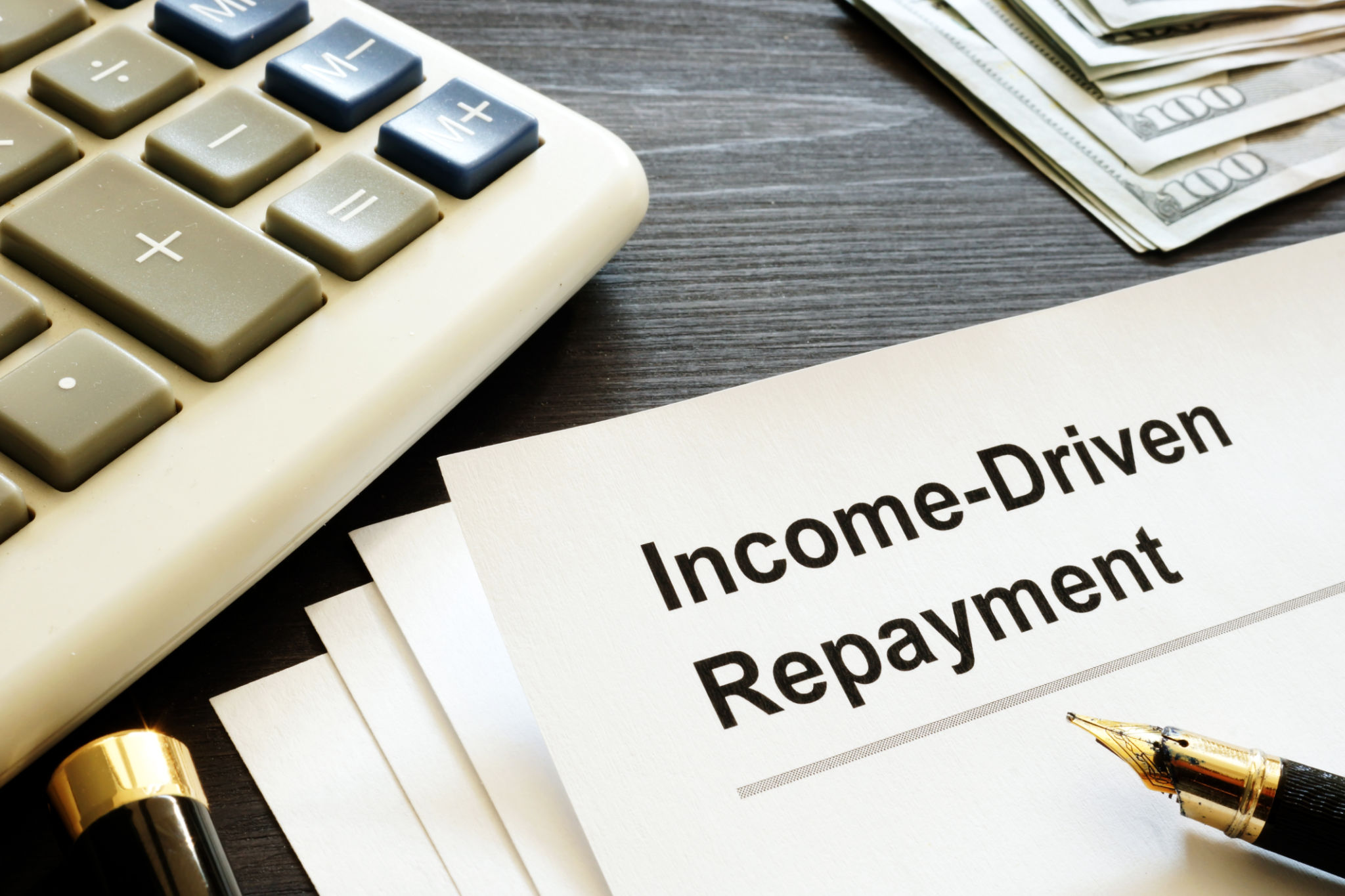Understanding the Latest Trends in Student Loan Forgiveness Programs
Introduction to Student Loan Forgiveness
In recent years, the landscape of student loan forgiveness programs has evolved significantly. With the rising cost of higher education, many borrowers are looking for ways to alleviate their student debt burden. Understanding the latest trends in student loan forgiveness programs can be crucial for those seeking financial relief.
These programs are designed to help borrowers who meet specific criteria reduce or eliminate their student loans. As the government and educational institutions continue to respond to the needs of borrowers, new opportunities and adjustments to existing programs have emerged.

Key Trends in Federal Loan Forgiveness
One major trend is the expansion of federal loan forgiveness options. The Public Service Loan Forgiveness (PSLF) program, for example, has seen recent updates to make it more accessible. Under PSLF, borrowers working in public service jobs can have their loans forgiven after making 120 qualifying payments.
Additionally, the Biden administration has proposed various changes aimed at making loan forgiveness more attainable. These include simplifying the application process and broadening the eligibility criteria to include more borrowers. As these changes continue to unfold, it is important for borrowers to stay informed about their potential benefits.

Income-Driven Repayment Plans
Another significant trend is the shift towards income-driven repayment (IDR) plans. These plans adjust monthly payments based on the borrower's income and family size, potentially leading to loan forgiveness after 20 or 25 years of qualifying payments.
Recent developments have aimed at making IDR plans more borrower-friendly. For instance, some proposals suggest reducing the percentage of income that payments are based on, as well as shortening the forgiveness timeline. Such changes could greatly benefit those with lower incomes or those facing financial hardships.

State-Specific Forgiveness Programs
Beyond federal programs, many states have introduced their own loan forgiveness initiatives. These programs often target specific professions or sectors, such as teachers, nurses, or other essential workers, in an effort to attract and retain talent in crucial areas.
For example, some states offer forgiveness to teachers who work in underserved communities or to healthcare professionals in rural areas. These programs can be a valuable resource for borrowers who meet the eligibility criteria and are looking for additional financial relief.
The Role of Technology in Navigating Forgiveness Options
Technology has played an increasingly important role in helping borrowers navigate the complex landscape of loan forgiveness. Various online platforms and tools are available to assist borrowers in understanding their options, calculating potential savings, and managing their repayment plans effectively.
These digital solutions provide personalized advice and up-to-date information, making it easier for borrowers to make informed decisions about their student loans. As technology continues to advance, we can expect even more innovative tools to emerge, further simplifying the process.

Conclusion
Staying informed about the latest trends in student loan forgiveness is crucial for borrowers seeking relief. Whether through federal programs, state-specific initiatives, or income-driven repayment plans, there are multiple pathways to achieving financial freedom.
As the landscape continues to evolve, borrowers should take advantage of available resources, including technological tools, to navigate their options effectively. By doing so, they can make strategic decisions that align with their financial goals and reduce their student debt burden.